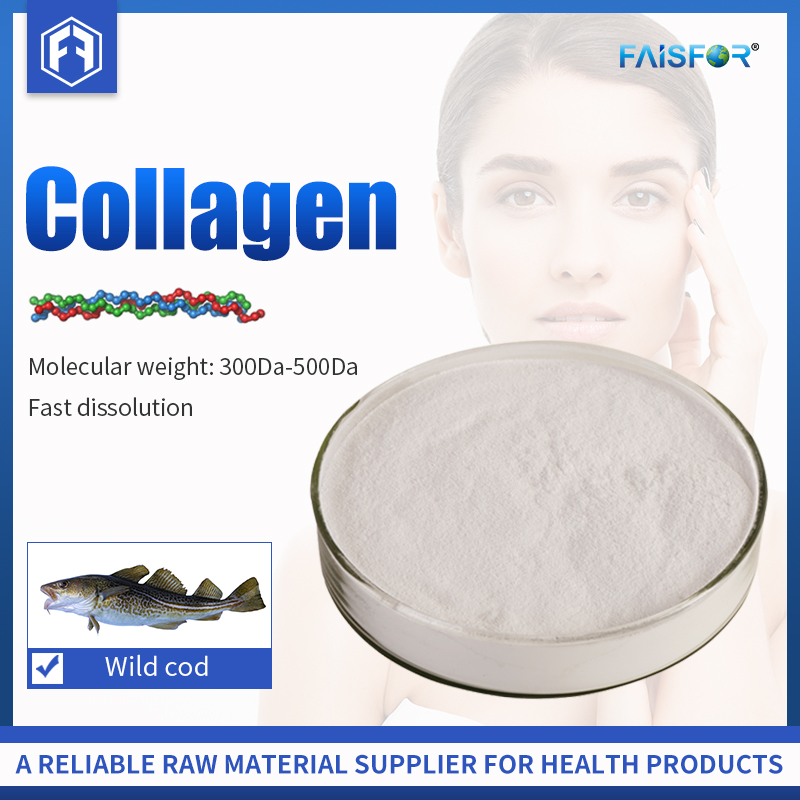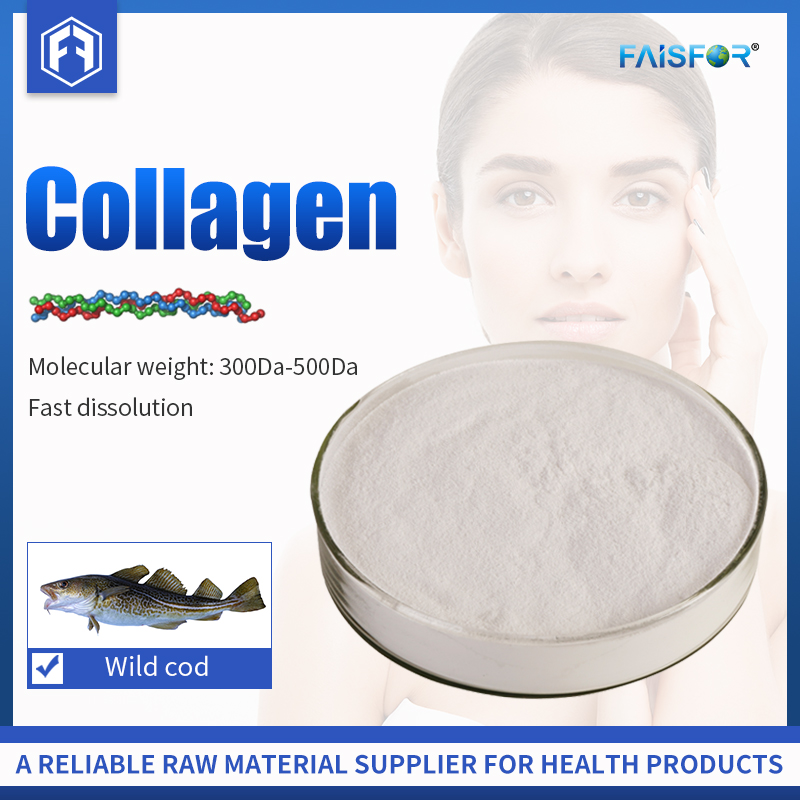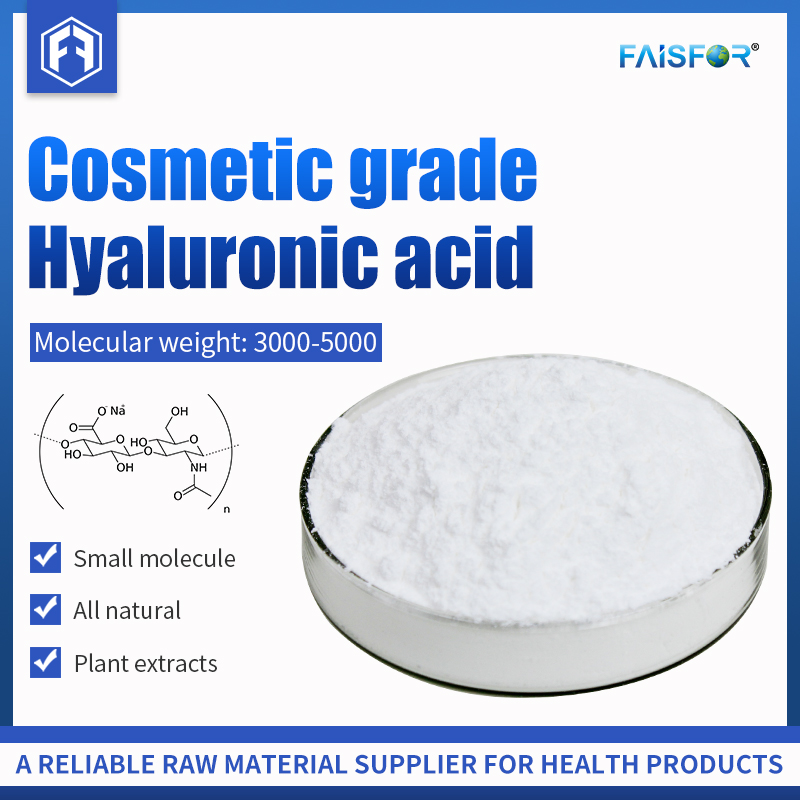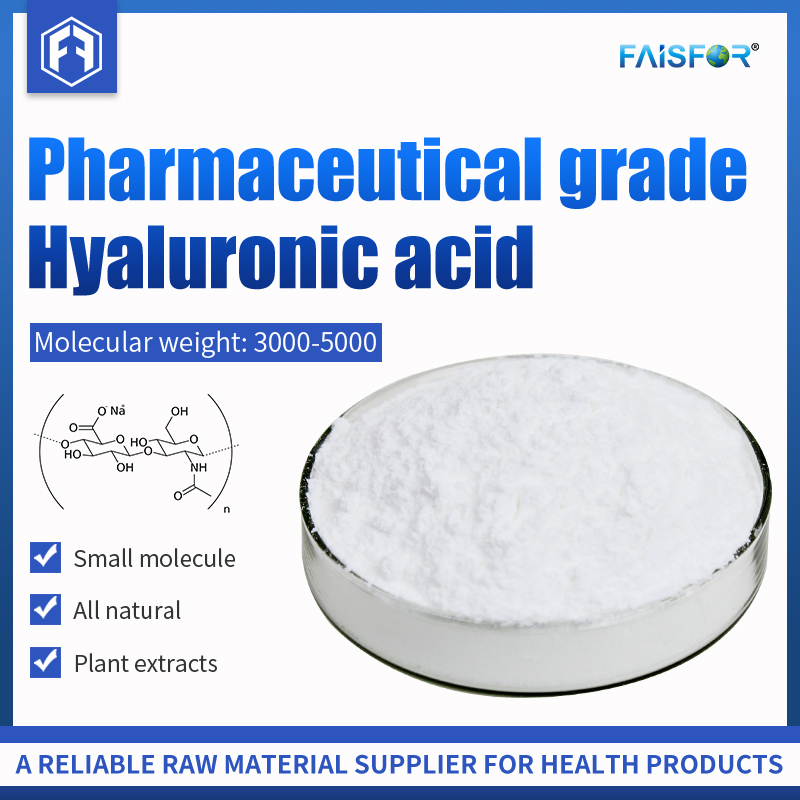Classification of sweeteners
2022/03/03
Generally speaking, sweeteners can be divided into the following six categories:
(1) Sugars: Carbohydrates are naturally present in many foods, including fruits, vegetables, grains, and milk. The most common are sucrose, glucose, fructose, lactose, maltose, galactose and trehalose.
(2) Sugars Alcohols: A class of carbohydrates that occur naturally in plants and grains, although in small amounts. The body cannot fully metabolize them, so they have fewer calories per gram of weight available. The most common are sorbitol, xylitol, mannitol, maltitol, erythritol, isomalt, lactitol, and glycerol.
(3) Natural Caloric Sweeteners: The oldest known sweeteners, including honey and maple syrup. They contain not only sugar but other nutrients as well. They tend to have a lower glycemic index than sugar. The most common are honey, maple syrup, coconut palm sugar, and sorghum syrup.
(4) Natural Zero-Calorie Sweeteners: They are not carbohydrates and contain few or no calories at all. Interest in this class of sweeteners has grown in recent years as they are an excellent alternative to artificial sweeteners. They have a glycemic index of zero and have an aftertaste. Common ones are stevia, allulose, monk fruit sugar, and Brazzein.
(5) Modified Sugars: These sugars are usually produced by enzymatically converting starch and include modified sugars such as caramel or golden syrup. They are often used in cooking or processed foods. High fructose corn syrup, caramel, agave syrup, invert sugar, and golden syrup are the most common.
(6) Artificial Sweeteners: Artificial sweeteners are often called "high-intensity sweeteners" because they taste similar to table sugar but are thousands of times sweeter. There are many varieties on the market, and some appear to be safer than others. They have been used in the US and Europe for over 120 years. The most common are aspartame, sucralose, saccharin, neotame, acesulfame K, and cyclamate.
The critical properties of sugars and sweeteners include sweetness (relative to sucrose), caloric value (calories per gram), taste, texture, volume, color (browning), and prebiotic function. Sugars, modified sugars, and sugar alcohols are generally less sweet products with a standard caloric value (2-4 cal/g), while artificial sweeteners are more precious and generally calorie-free.
Global concerns about the over-consumption of sugar and rising disease have led to a rise in demand for low-sugar and low-sugar products. This situation has forced food and beverage formulators to prioritize sugar reduction in product innovation, development, and marketing strategies. Likewise, sweetener manufacturers are digging deeper into the research and development of sweeteners to replace sugar to cater to this highly dynamic market.











